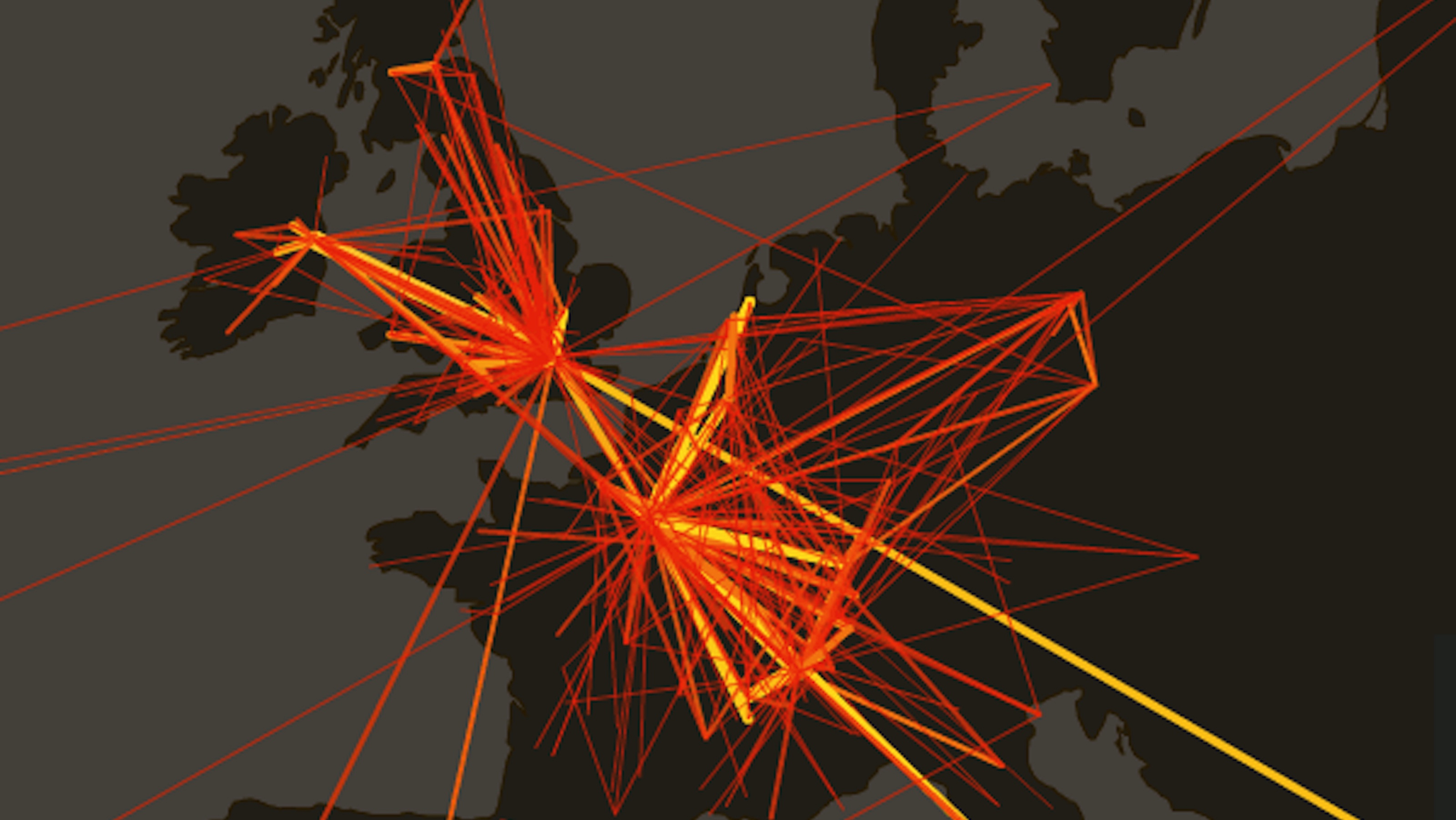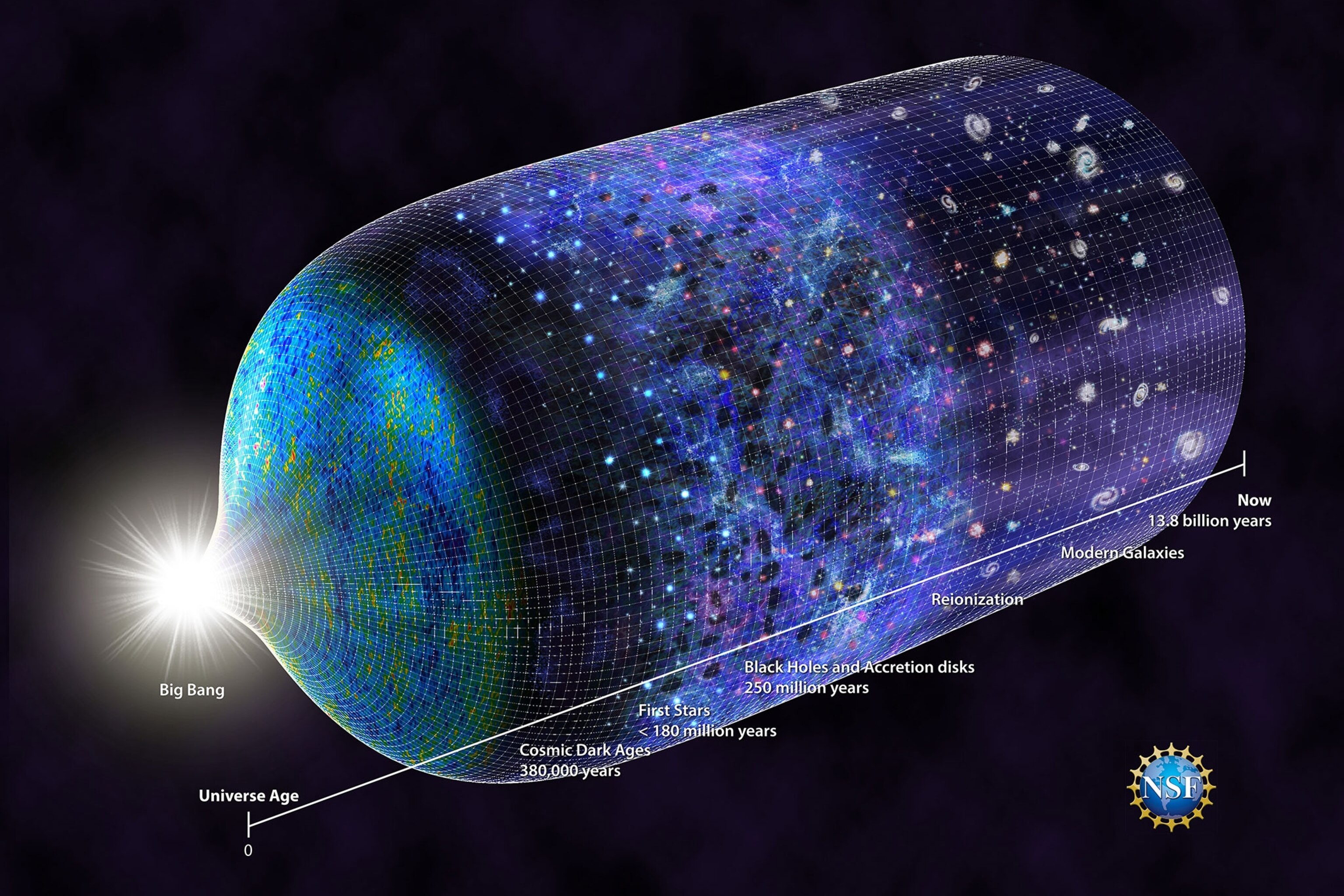“Pop-Up Mega City” Draws Harvard Researchers

What’s the Latest Development?
Students and faculty from four separate Harvard University schools are traveling to the Indian city of Allahabad to observe and collect data from this year’s Kumbh Mela, a Hindu festival lasting several weeks that is being called the single largest human gathering in history. Starting today, between 30 and 60 million pilgrims are expected to bathe in the Ganges River during the festival, purifying themselves from sin and “[washing] away layer upon layer of karmic debt.” 2013’s event is especially significant because it’s a Purna (“complete”) Kumbh, which takes place every 12 years.
What’s the Big Idea?
Researchers were drawn to this year’s Kumbh Mela because of its potential size, which writer Logan Plaster says is almost-but-not-quite equivalent to putting the combined populations of Shanghai and New York City into about 4,800 acres of land. Among the many different aspects of this “pop-up mega city” that will be studied include sanitation and clinic readiness, safety and security concerns, economics of the businesses serving the pilgrims, and, interestingly, cell phone usage: There weren’t anywhere near as many mobile devices at the 2001 Purna Kumbh.
Aleksandar Todorovic / Shutterstock.com





